In the Black Desert in northeastern Jordan, archaeologists have come across a crispy find — the charred remains of flatbread that was baked 14,400 years ago. This is effectively the oldest evidence of bread making found to date, suggesting that hunter-gatherers were perhaps inspired by their success with wild cereals to set off the agricultural revolution.
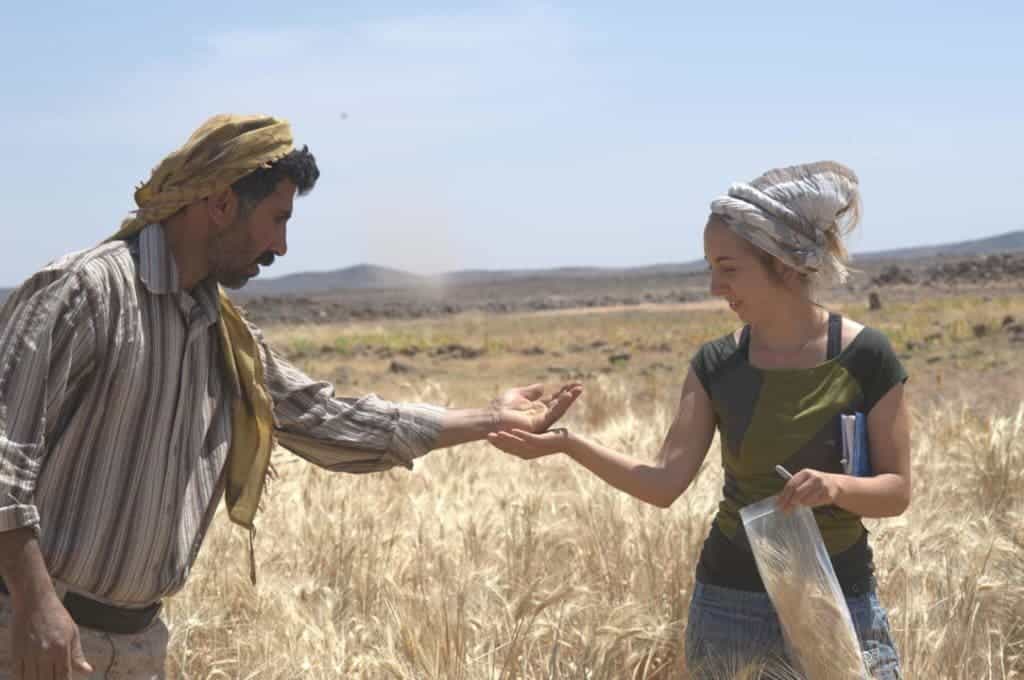
The team of researchers at the University of Copenhagen, University College London and the University of Cambridge analyzed 24 charred remains retrieved from fireplaces at a Natufian hunter-gatherer site known as Shubayqa 1.
These remains — which are very similar to flatbreads retrieved at Neolithic and Roman sites in Europe and Turkey — show that our ancestors had been using the wild counterparts of domesticated cereals, such as barley, einkorn, and oat, long before they domesticated the food crops. The wild cereals were ground, sieved, and kneaded prior to being baked into bread.
University of Copenhagen archaeobotanist Amaia Arranz Otaegui, first author of the new study, thinks that the production and cultivation of bread by hunter-gathers may have influenced the domestication of crops — something which the researchers hope to evaluate in the future.
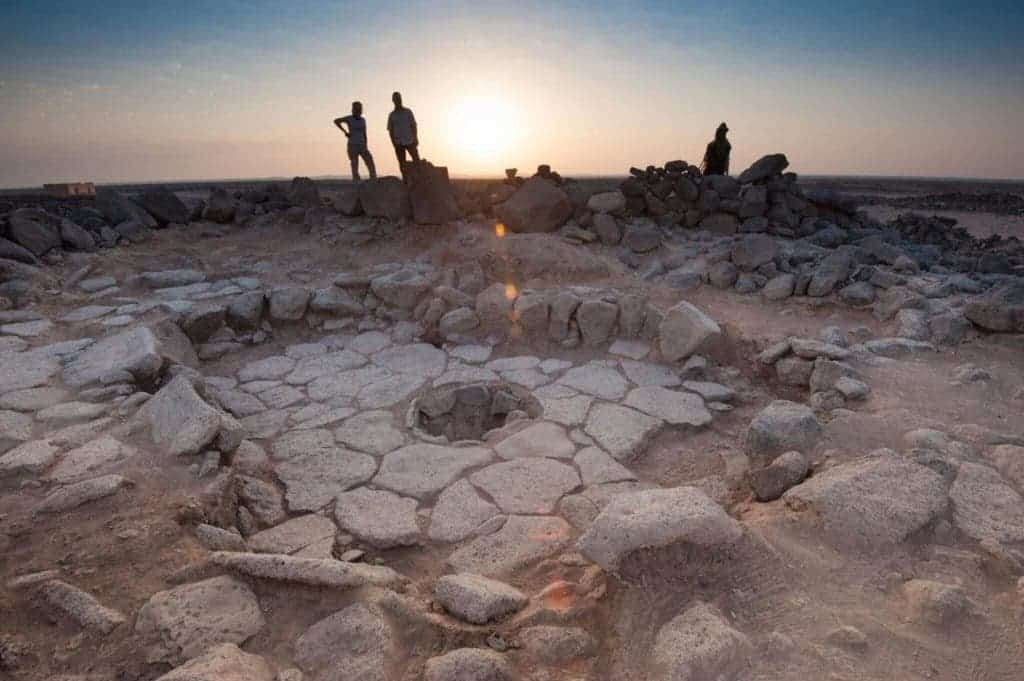
Today, we’re used to plumpy tomatoes and plentiful corn but the wild varieties from whence they came were far less nurturing. For instance, the first bananas that were cultivated in Papua New Guinea used to be stocky and filled with seeds. By contrast, today’s bananas are smooth on the inside and seedless.
It took us more than 10,000 years of selective breeding in order to turn tiny kernels on tall grass into juicy corn on the cob. Imagine the determination, patience, and insight that was required of the first hunter-gatherers that made the huge leap to agriculture.
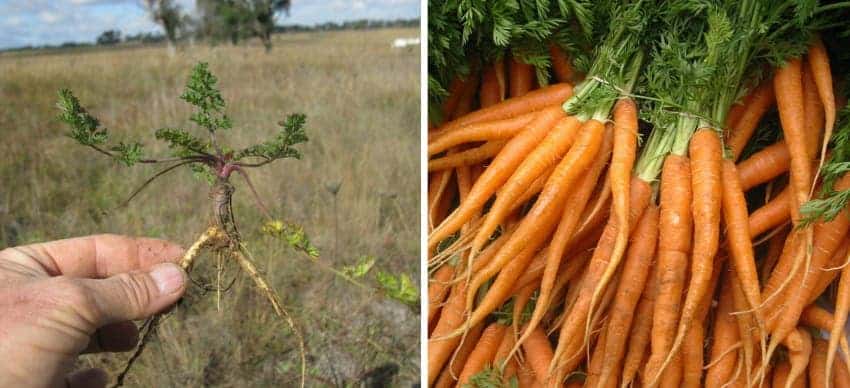
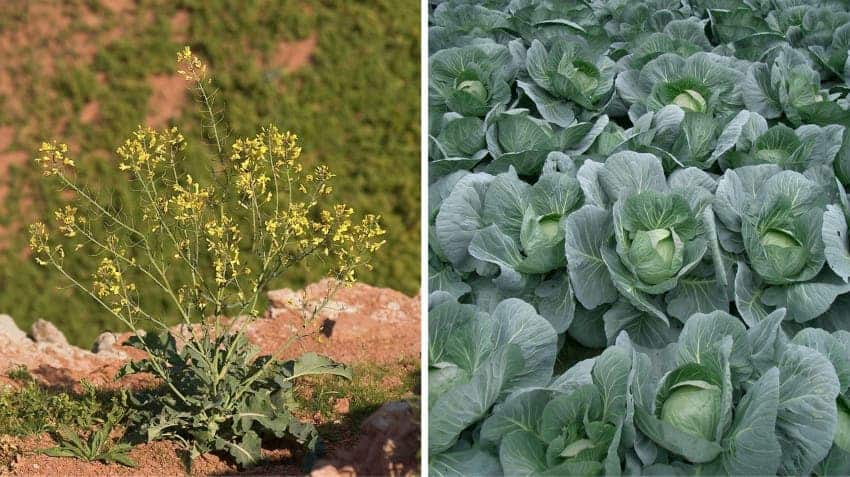
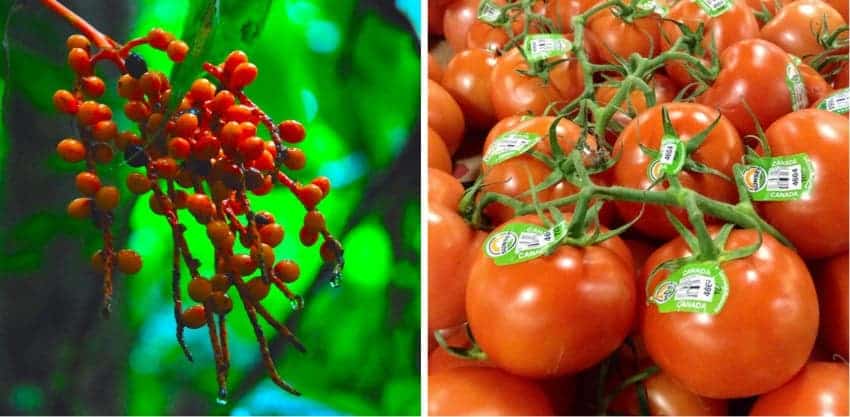
“Natufian hunter-gatherers are of particular interest to us because they lived through a transitional period when people became more sedentary and their diet began to change. Flint sickle blades as well as ground stone tools found at Natufian sites in the Levant have long led archaeologists to suspect that people had begun to exploit plants in a different and perhaps more effective way. But the flatbread found at Shubayqa 1 is the earliest evidence of bread making recovered so far, and it shows that baking was invented before we had plant cultivation,” explained Tobias Richter, who led the excavations at Shubayqa 1 in Jordan.
“So this evidence confirms some of our ideas. Indeed, it may be that the early and extremely time-consuming production of bread based on wild cereals may have been one of the key driving forces behind the later agricultural revolution where wild cereals were cultivated to provide more convenient sources of food,” he added.
The flatbread was identified after it was analyzed with electronic microscopy at the University College London, a method that allowed the researchers to locate the microstructures and particles of each charred food remain. This was less straightforward than it sounds, however. The researchers had to devise a new set of criteria for identifying flatbread, dough, and porridge-like products.
“Bread involves labor intensive processing which includes dehusking, grinding of cereals and kneading and baking. That it was produced before farming methods suggests it was seen as special, and the desire to make more of this special food probably contributed to the decision to begin to cultivate cereals. All of this relies on new methodological developments that allow us to identify the remains of bread from very small charred fragments using high magnification,” said Professor Dorian Fuller of the UCL Institute of Archaeology.
The findings were reported in the Proceedings of the National Academy of Sciences.


